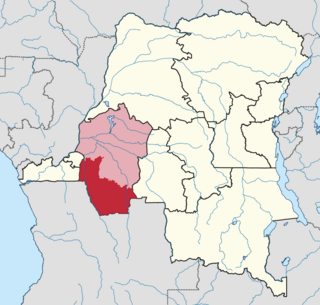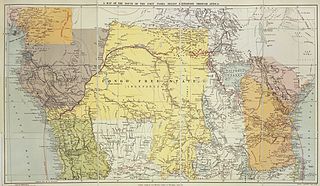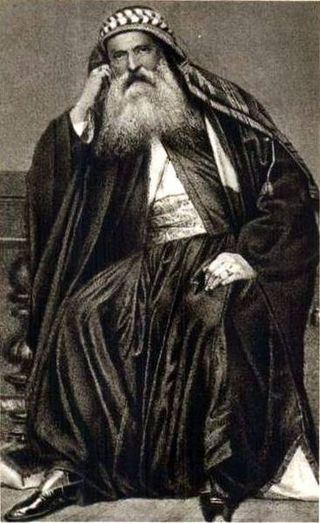Dukpu is an ethnic group of the Central African Republic, Democratic Republic of Congo, and Sudan. They speak Central Banda, a Ubangian language. The number of persons in this group exceeds 100,000.
The Zande languages are half a dozen closely related languages of the Central African Republic, the Democratic Republic of the Congo, and South Sudan. The most populous language is Zande proper, with over a million speakers.
Likati River is a river of northern Democratic Republic of the Congo, a tributary of the Itimbiri River. It flows through Aketi Territory in Bas-Uele District.
Buta Territory is a territory in Bas-Uele District, Orientale Province, Democratic Republic of the Congo. The administrative capital is located at Buta.

Kwango District was a district of the Congo Free State, Belgian Congo and the Democratic Republic of the Congo. It went through various changes in extent. It roughly corresponded to the present provinces of Kwilu and Kwango.
Aruwimi District was a district of the Congo Free State and Belgian Congo. It went through various changes in extent before being absorbed into other districts.

Stanleyville District was a district of the Belgian Congo and Democratic Republic of the Congo. It went through various changes in extent. Between 1933 and 1963 it had roughly the same extent as the current Tshopo province.
Uele District was a district of the Congo Free State and the Belgian Congo. It roughly corresponded to the current provinces of Bas-Uélé and Haut-Uélé.
Ubangi District was a district of the Congo Free State, Belgian Congo and Democratic Republic of the Congo. It went through various significant changes in extent.
Bangala District was a district of the Congo Free State and the Belgian Congo. It went through various significant changes in extent. The eastern part very roughly corresponded to the present province of Mongala.

The Districts of the Congo Free State were the primary administrative divisions of the Congo Free State from 1885 to 1908. There were various boundary changes in the period before the Congo Free State was annexed by Belgium to become the Belgian Congo.

The Ubangi-Uélé District was a district of the Congo Free State between 1888 and 1895. It was later split into the Ubangi District to the north and Bangala District to the south.
The Bima River is a river of Bas-Uélé province in the Democratic Republic of the Congo. It is a left tributary of the Uele River.
Amadi is a town in the Bas-Uélé province of the Democratic Republic of the Congo (DRC).
The Makongo River is a river of the Democratic Republic of the Congo. It is a left tributary of the Bomokandi River, which in turn is a tributary of the Uele River.

Giovanni Miani was an Italian explorer. He is known for his explorations of the Nile, where he came close to being the first European to reach its source in Lake Victoria, and for his exploration of the region around the Uele River in what is now the Democratic Republic of the Congo.
Nangazizi is a settlement in the province of Haut-Uélé in the Democratic Republic of the Congo.
Zobia is a village in the Bas-Uélé province of the Democratic Republic of the Congo. Zobia Gauche was a station on the defunct Vicicongo line, a railway.
Dulia is a village in the Bas-Uélé province of the Democratic Republic of the Congo. It was a station on the defunct Vicicongo line, a railway.
Benge is a village in the Bas-Uélé province of the Democratic Republic of the Congo. It was a station on the defunct Vicicongo line, a railway.
This page is based on this
Wikipedia article Text is available under the
CC BY-SA 4.0 license; additional terms may apply.
Images, videos and audio are available under their respective licenses.





